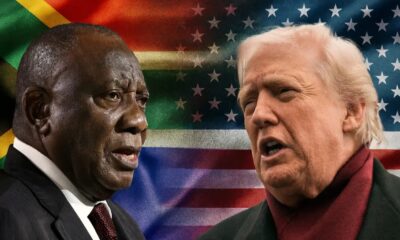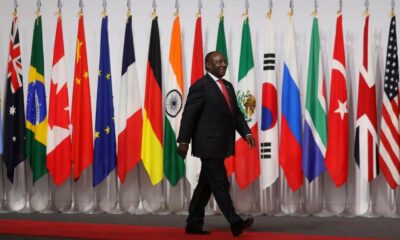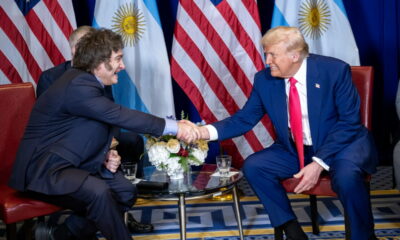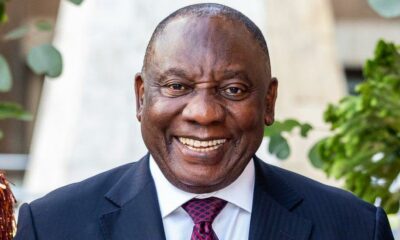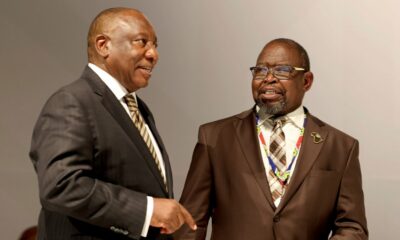News
Trump’s New Refugee Policy Prioritises Afrikaners from South Africa

Washington Turns Its Focus South
In a move that has stunned the global diplomatic community, the United States has redrawn its refugee policy map and placed South Africa’s Afrikaner community at the very centre of it.
A formal Presidential Determination, issued by President Donald Trump on 30 September 2025, caps refugee admissions for the 2026 fiscal year at just 7,500 people, the lowest ceiling in modern U.S. history. More strikingly, the document instructs that most of those limited spaces are to be “primarily allocated among Afrikaners from South Africa.”
The decision, published in the Federal Register as Document No. 2025-19752, breaks sharply with the long-standing system that allocated refugee quotas by global region rather than nationality.
A Radical Rerouting of U.S. Humanitarian Policy
For decades, U.S. refugee admissions reflected broad humanitarian aims: protecting those displaced by war or persecution regardless of origin. Trump’s new directive narrows that lens, linking admissions to perceived “unjust discrimination” and “national interest.”
The policy echoes remarks by Brent Bozell III, the U.S. ambassador-designate to South Africa, who told senators during his October confirmation hearing that Washington intends to “advance the president’s invitation to Afrikaners who wish to flee unjust racial discrimination.”
Bozell also warned that South Africa’s land-reform policy of expropriation without compensation undermines investor confidence and said his mission would be to ensure that “all South Africans are treated fairly and without prejudice.”
Pretoria Pushes Back
South Africa’s government has strongly rejected the U.S. narrative. The Department of International Relations and Cooperation (DIRCO) insists there is no evidence of racial persecution against Afrikaners or farmers.
DIRCO spokesperson Chrispin Phiri reiterated earlier this year that claims of race-based targeting “are unfounded” and unsupported by official crime data. In a follow-up statement, the department stressed that South Africa’s constitutional democracy “protects all citizens equally” and accused Washington of advancing a politically motivated agenda rather than a humanitarian one.
International Relations Minister Ronald Lamola has likewise defended the country’s justice system, noting that the Constitution remains one of the most progressive globally in safeguarding minority rights.
Local Reactions: Praise and Caution
Within South Africa, the announcement has divided opinion. Organisations such as Solidariteit and AfriForum welcomed the U.S. decision, calling it overdue recognition of “community insecurity” and “the realities facing farmers.”
Others, including analysts and human rights groups, warned that the policy could undermine global refugee protections by prioritising a single national group over thousands fleeing war in regions like Sudan, Gaza, and Myanmar.
By slashing the overall refugee ceiling by more than 90 percent compared with the Biden administration’s 125,000-person target, the Trump administration is reshaping not only the American admissions system but also the symbolism of who counts as “deserving” of refuge.
The Broader Picture
For Pretoria, the move raises diplomatic tensions at a sensitive time. South Africa has been strengthening its international partnerships under BRICS, while the U.S. has sought to reassert influence on the continent.
For Washington, prioritising Afrikaners sends a message, one that mixes domestic politics, cultural symbolism, and foreign-policy signalling. Whether it leads to improved safety for those who relocate or simply deepens the political divide between the two nations long linked by trade and history remains to be seen.
What is clear is that a policy once built on global compassion has taken a deeply selective turn.
Follow Joburg ETC on Facebook, Twitter, TikT
For more News in Johannesburg, visit joburgetc.com
Source: IOL
Featured Image: ABC News – The Walt Disney Company

